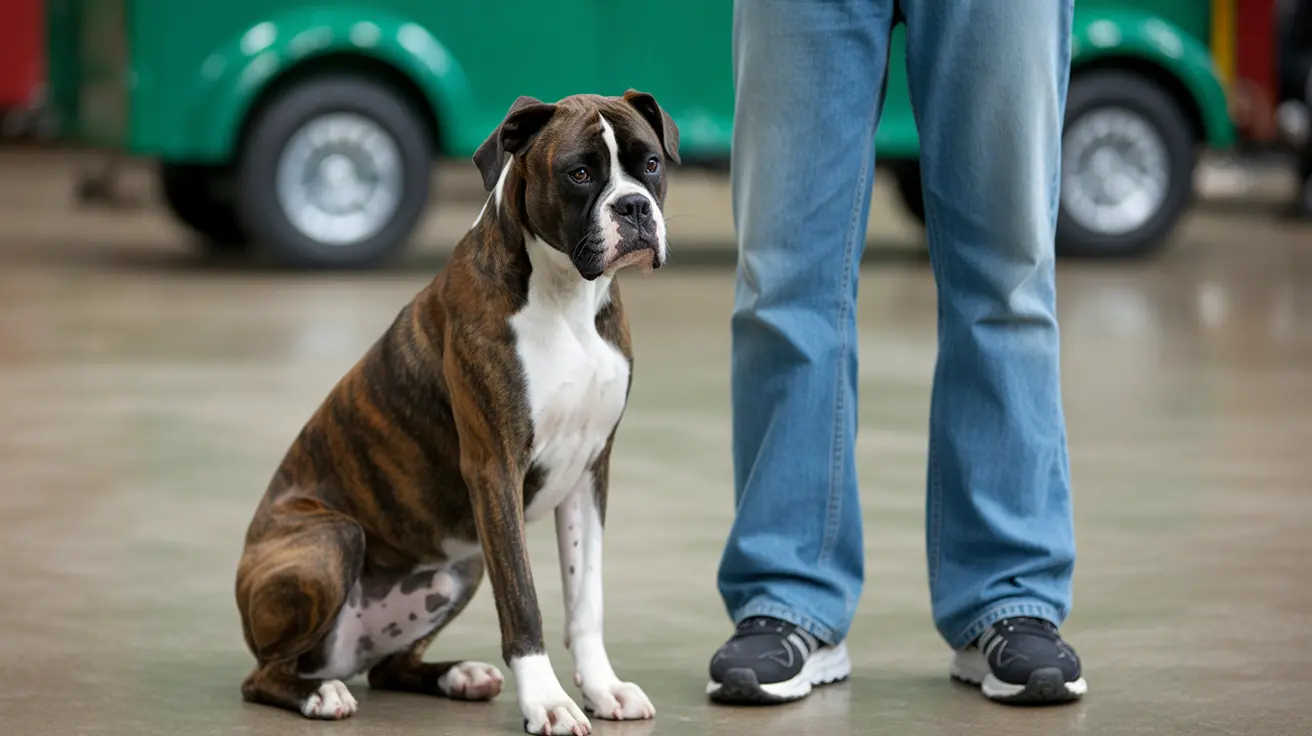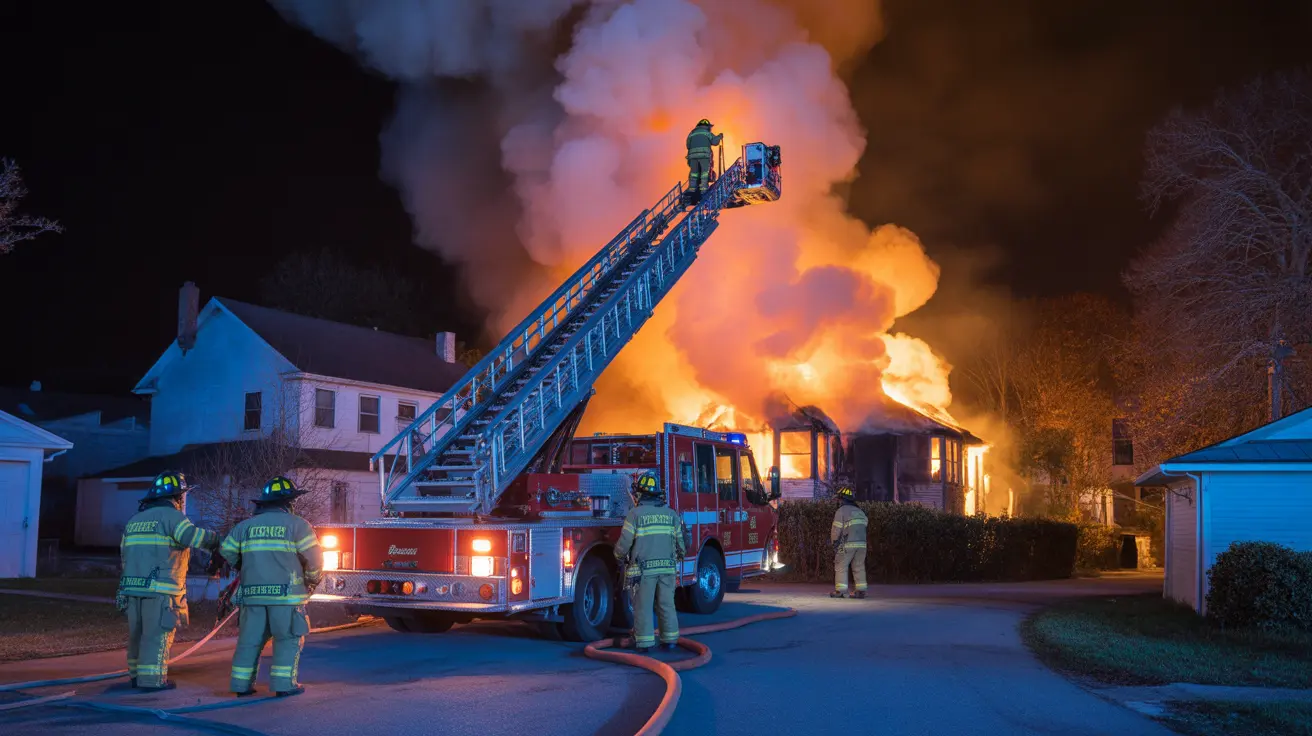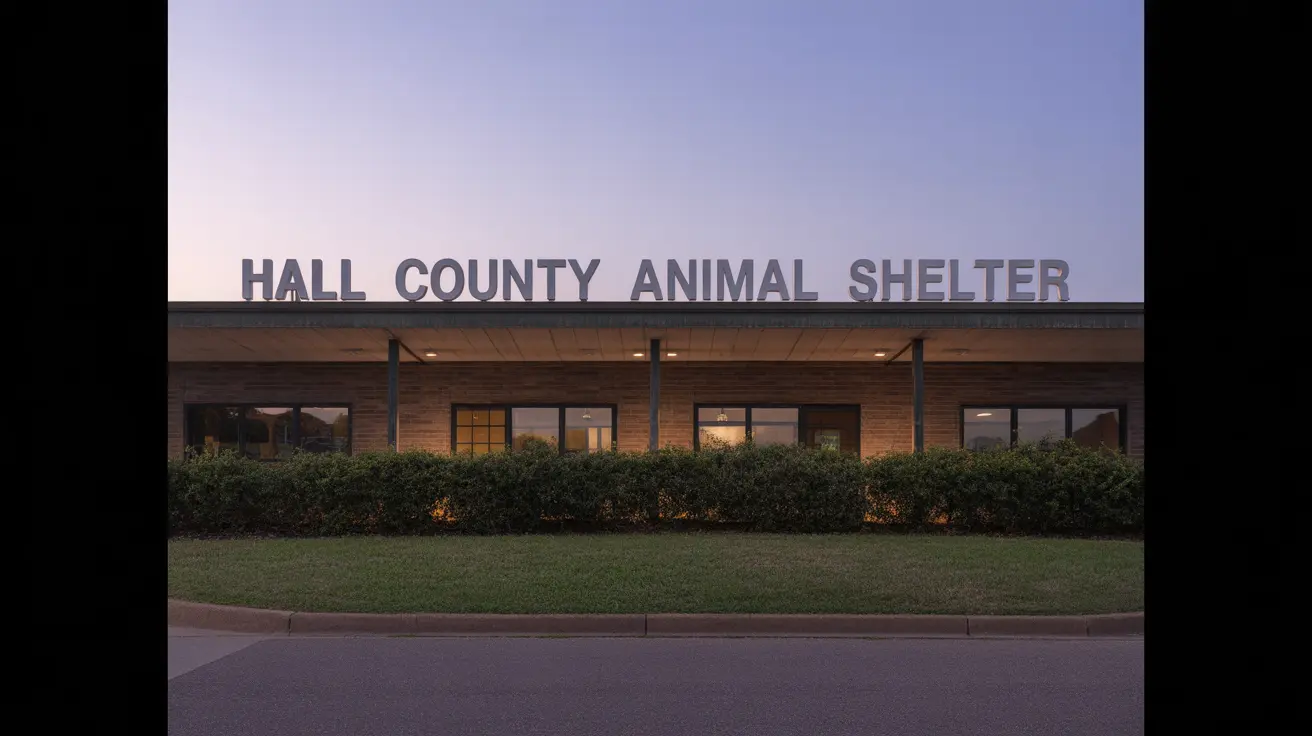Introduction to Bloat in Dogs
Bloat in dogs, medically referred to as gastric dilatation-volvulus (GDV), is a critical health condition that poses a significant threat to canine well-being. This life-threatening condition arises when a dog's stomach becomes distended with gas, food, or fluid, and subsequently twists. This twist obstructs blood flow to the stomach and surrounding organs, leading to severe consequences if not addressed immediately. Understanding the urgency and potential outcomes of bloat is crucial for dog owners to ensure timely veterinary intervention.
Recognizing the Symptoms of Bloat
Early detection of bloat is essential for effective intervention. Initial symptoms often include dry-heaving, where the dog attempts to vomit without success, and noticeable abdominal swelling. Dogs may also exhibit sudden anxiety, pacing, and an inability to find comfort. As the condition progresses, more severe symptoms manifest. These include collapse, a rapid heart rate, and pale gums, all of which signal the need for urgent veterinary care. Recognizing these signs can be the difference between life and death for affected dogs.
The Underlying Causes of Bloat
While the exact cause of bloat remains elusive, several factors contribute to its risk. Eating habits play a significant role; dogs that consume large amounts of food or water quickly are more susceptible. Similarly, the use of raised food bowls can exacerbate this risk. Certain breeds, particularly large and deep-chested ones like Great Danes and German Shepherds, are genetically predisposed to bloat. Lifestyle factors, such as exercising immediately after meals and the dog's age, also influence the likelihood of developing this condition. Notably, older and male dogs are more commonly affected.
Diagnosis: How Bloat is Confirmed
Diagnosing bloat involves a comprehensive veterinary examination. Physical assessments are complemented by diagnostic tools such as abdominal X-rays, which confirm the presence and severity of bloat by revealing stomach distention or twisting. Blood work further aids in evaluating the dog's overall health and identifying any signs of shock or organ failure. These diagnostic measures are vital for determining the appropriate course of treatment.
Treatment Options for Bloat
The treatment approach for bloat varies based on its severity. In cases of simple bloat, hospitalization may be required for intravenous fluids, pain management, and frequent walks to stimulate gastrointestinal movement. More severe cases, such as GDV, necessitate intensive interventions. These include administering IV fluids to combat shock, providing pain medication and antibiotics, and performing procedures like trocharization to decompress the stomach. Emergency surgery is often imperative to untwist the stomach, remove damaged tissue, and conduct a gastropexy to prevent recurrence.
Preventative Strategies to Reduce Risk
Preventative measures can significantly reduce the risk of bloat. Adjusting feeding practices, such as offering smaller, more frequent meals, can help. Monitoring water intake and avoiding large quantities around mealtimes is also advisable. Exercise should be scheduled at least an hour after eating to minimize risk. For breeds with a genetic predisposition, discussing preventative surgery with a veterinarian is recommended. Being informed about family history is crucial when selecting a puppy from a breeder.
The Critical Importance of Timely Veterinary Care
Recognizing bloat as a medical emergency is paramount. Delayed treatment can lead to dire outcomes, including organ failure and death. Immediate veterinary care is essential for improving the chances of recovery. Statistics consistently show that early intervention significantly enhances the likelihood of a successful outcome, underscoring the need for prompt action.
Post-Surgical Recovery and Care
Following surgery, adhering to post-operative care instructions is vital for recovery. This includes ensuring the dog rests for 10 to 14 days to allow the incision to heal properly. Regular monitoring of the incision site for signs of infection or complications is necessary. Administering prescribed medications diligently and using a recovery suit to prevent interference with the surgical site are also crucial steps in the recovery process.
Conclusion: Empowering Dog Owners
Understanding bloat, recognizing its symptoms, and implementing preventive measures are key responsibilities for dog owners. By educating themselves and remaining vigilant about their pets' health, owners can ensure timely intervention in the event of bloat. Proactive measures not only safeguard the well-being of dogs but also provide peace of mind to their caregivers. Taking these steps is essential for fostering a safe and healthy environment for our canine companions.






